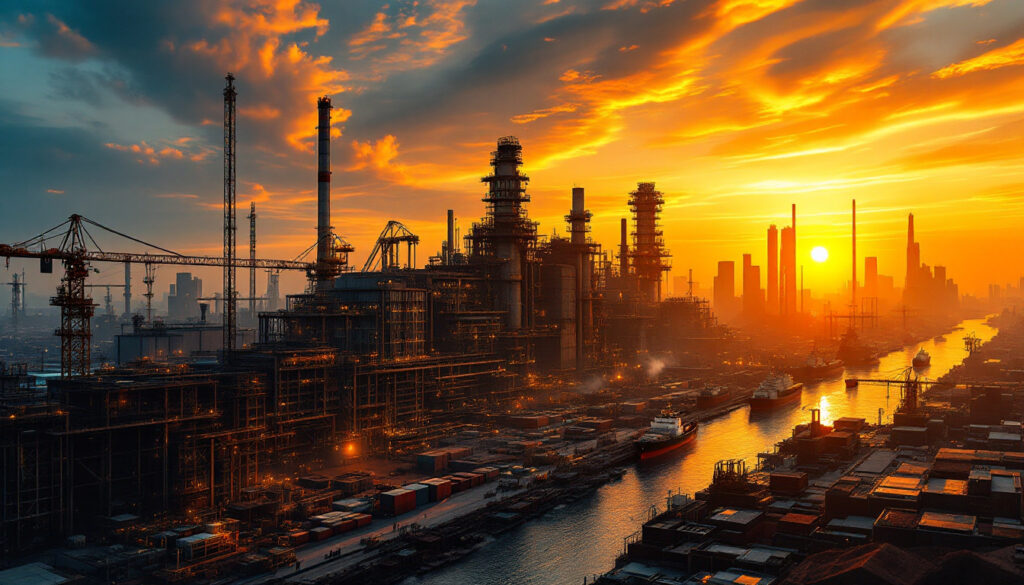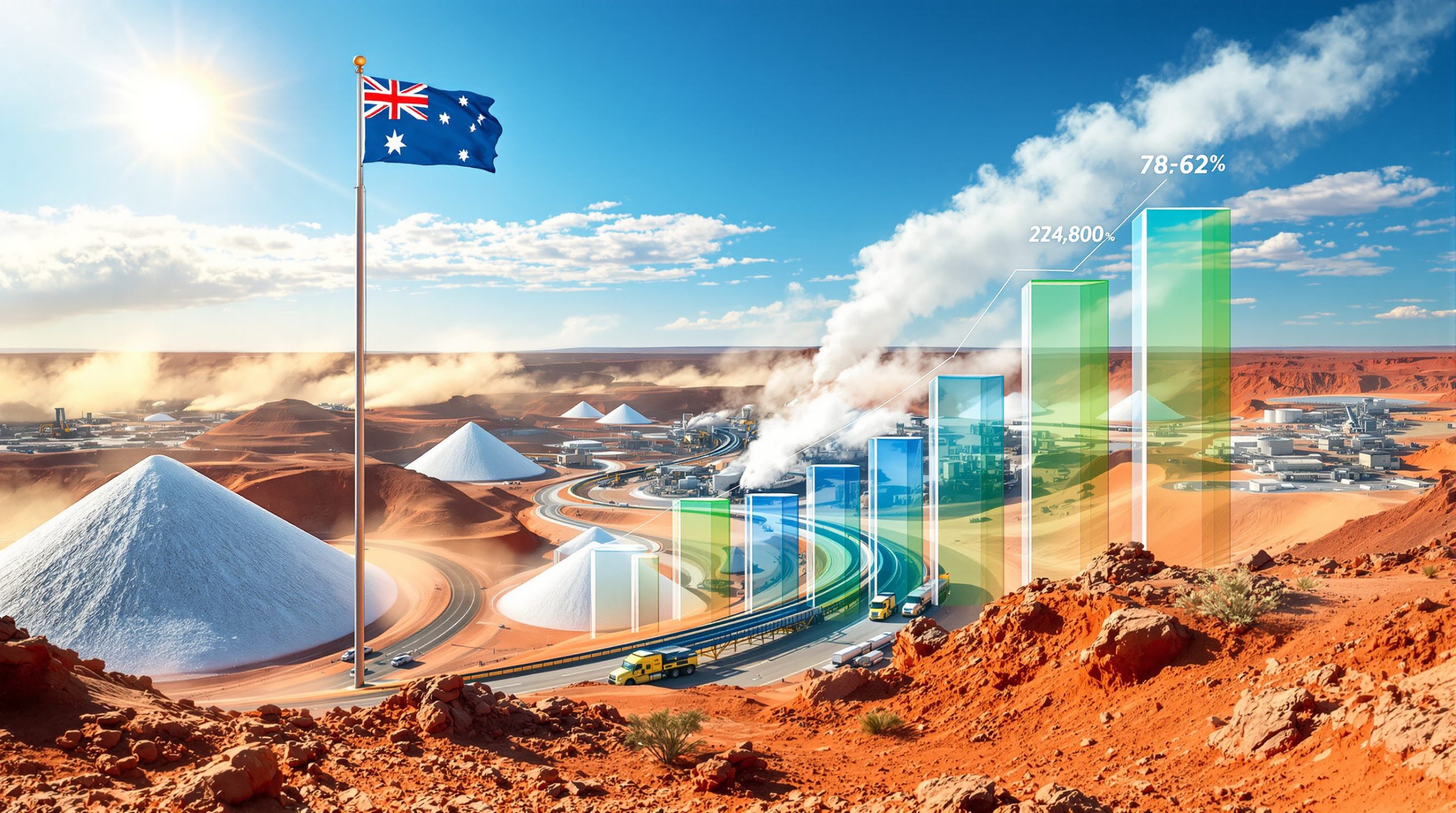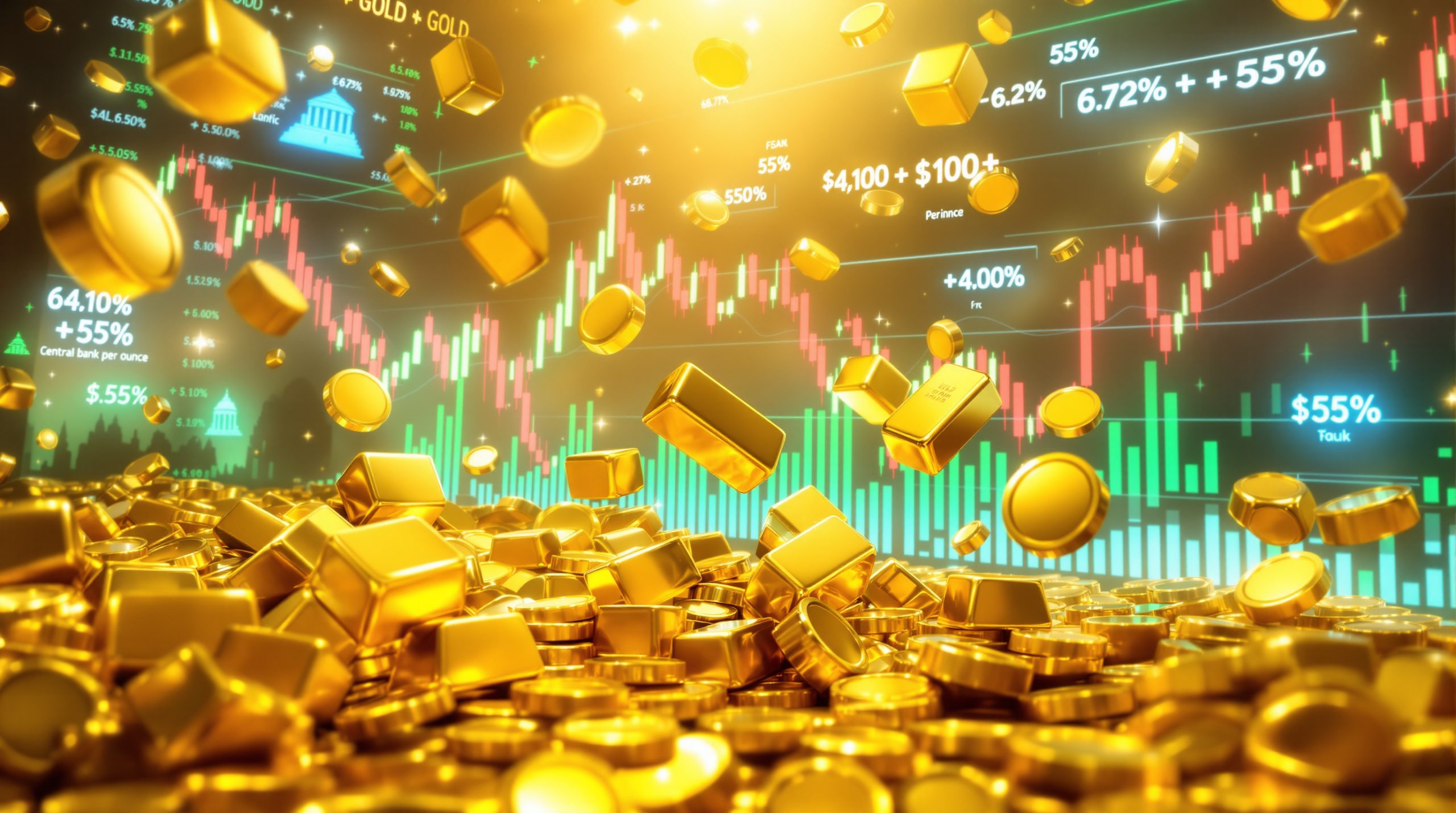What Is the Current State of China's Steel and Iron Ore Market?
China's steel and iron ore outlook 2025 remains a central focus amid considerable market volatility. Iron ore prices have fluctuated within a narrow range this year. On March 18, 2025, iron ore futures on the Singapore Exchange dropped to $102.65 per ton, marking a 1.1% decline. This point is above the year's low of $97.31 recorded on January 6.
Similarly, China's Dalian Commodity Exchange shows iron ore contracts trading at 781.50 yuan ($108.09), down from 787.50 yuan on March 14. The current price indicates a 6.6% retreat from this year's peak of 839 yuan achieved on February 21. Consequently, market participants are on alert as trends remain cautious.
Market analysts report that the stability reflects a narrow 7% trading band since October 2024. In addition, factors like elevated port stockpiles dampen price ascents. For instance, iron ore inventories at major Chinese ports reached 143 million tons in March 2025, up 12% from December.
Furthermore, price movements are heavily influenced by economic indicators. According to iron ore price volatility and key drivers, traders expect continued uncertainty. In addition, analysis from Reuters columnist Clyde Russell underscores that soft economic data repeatedly dampens market enthusiasm.
How Has China's Property Sector Affected Iron Ore Demand?
China's property downturn has significantly influenced the current market. The struggling property sector remains the primary drag on iron ore demand in 2025. Recent data indicates that property investment fell 9.8% year-on-year during January-February 2025, contributing to this demand shortfall.
Moreover, property sales declined by 5.1% year-on-year, while new construction starts dropped by 29.6%. Consequently, these contractions directly affect steel consumption given that the property sector generates around 24% of the country's total steel demand. Construction accounts for an additional 17%, totalling 41% of demand.
Additionally, smaller developers face liquidity issues, forcing delays or cancellations of projects. This situation has particularly impacted medium-sized mills in Hebei province, where capacity utilisation has plummeted to 68% compared to a national average of 75-80%. As a result, pessimism within the market affects both steel and iron ore forecasts.
What Are the Recent Trends in China's Steel Production?
Despite weak domestic demand, China's steel production shows notable resilience in early 2025. During January-February, the nation produced 166.3 million tons of crude steel—a modest 1.5% decline from the previous year. Daily output increased to 2.82 million tons in early 2025, up from 2.45 million tons in December 2024.
This production strength suggests that mills are prioritising volume over profitability. In addition, exports have gained prominence as domestic consumption falters. For instance, steel exports increased 6.7% to 16.7 million tons during the first two months of 2025 due to accelerated shipments ahead of new tariff schedules.
Industry analysis from BHP’s strategic response to global trade challenges reveals that steel mills are shifting focus toward export margins. Furthermore, these moves help maintain blast furnace utilisation between 75-80% capacity. Consequently, production trends remain robust despite soft domestic indicators.
How Are Global Trade Policies Impacting China's Steel Sector?
Global trade tensions significantly shape the current market dynamics. On March 8, the United States imposed a 25% tariff on all steel and aluminium imports. In addition, Chinese steel producers reacted by ramping up exports before the new tariffs took full effect.
For instance, China’s proactive export strategy meant that shipments increased ahead of restrictions. However, according to analyses, the impact may be muted by limited U.S. domestic production capacity. Furthermore, American reliance on imports persists due to supply constraints in domestic mills. As a result, Chinese producers continue to explore alternative markets.
The European Union maintains stringent anti-dumping measures, which reduced Chinese exports to Europe by 18% in 2024. Consequently, exporters have adopted diverse routes, including rerouting shipments via Vietnam and Mexico. This strategy further diversifies market risks and opportunities for the sector.
What Economic Stimulus Measures Is China Implementing?
Beijing announced significant measures to "vigorously boost consumption" in March 2025. In addition, the government is expanding trade-in schemes for household appliances and vehicles, both large consumers of steel. These stimulus efforts are designed to reinvigorate demand in targeted sectors.
With a subsidy of ¥200 billion ($27.7 billion), the government aims to encourage the replacement of ageing products with energy-efficient models. For instance, vehicles older than 15 years qualify under the scheme, and appliances must meet Energy Star-equivalent ratings. Consequently, modest steel demand is expected to rebound by approximately 1.2 million tons quarterly.
The approach represents a departure from past infrastructure-heavy stimulus measures. Previously, China implemented a ¥4 trillion stimulus after the 2008 crisis that significantly boosted steel usage. However, today's targeted measures reflect broader concerns about debt levels and overinvestment. Analysts remain sceptical regarding their long-term efficacy.
GAC Group, a major automaker, anticipates that the vehicle trade-in programme will spur domestic sales by 8-10% in 2025. Similarly, home appliance manufacturers expect a 15% production increase. Consequently, these measures may provide some support despite the prevailing property sector weakness.
What Is the Outlook for China's Iron Ore and Steel Markets?
China's iron ore and steel markets now face a highly uncertain outlook. Iron ore prices have traded in a narrow band of $97-$108 per ton since October 2024, driven by cautious investor sentiment. Similarly, the Dalian contract has hovered around the 800 yuan per ton mark, awaiting significant economic signals from Beijing.
Technical analysts identify 750 yuan as a critical floor level. In addition, recent China’s 2025 iron ore import strategy analyses indicate that market fundamentals remain mixed. Furthermore, S&P Global analysts suggest that new infrastructure approvals in Q2 2025 could drive prices higher, though these remain speculative.
Iron ore shipping costs also play a pivotal role. Freight rates from Brazil to China increased 18% since January, in contrast to a 7% increase on Australia-China routes. Consequently, Australian suppliers benefit from favourable cost differentials and market dynamics. Moreover, global trends continue to influence both supply and demand in this evolving scenario.
The steel industry is also experiencing decarbonisation pressures. Traditional blast furnaces face environmental scrutiny compared to electric arc furnaces (EAFs). According to decarbonisation in mining and the clean energy transition, the switch to EAFs may reshape future demand patterns. Nonetheless, China's EAF adoption remains low, sustaining higher iron ore requirements.
How Does China's Steel Industry Compare Globally?
China dominates global steel production by manufacturing approximately 53% of worldwide output in 2024. This dominance significantly impacts global iron ore prices and trade flows. In addition, the country imported 1.12 billion tons of iron ore in 2024, with Australia supplying about 65% of these imports.
Distinctly, only 10% of China's steel is produced using electric arc furnaces, compared to 70% in the United States. Consequently, the reliance on blast furnaces requires more virgin iron ore, intensifying demand pressures. Furthermore, the Belt and Road Initiative boosts Chinese steel exports to emerging markets in Asia and Africa.
The industry also faces evolving environmental standards. European producers contend with strict carbon pricing mechanisms, whereas Chinese mills operate under less rigorous emission costs. However, China’s carbon neutrality pledge by 2060 is fuelling investments in hydrogen-based direct reduced iron technology. Consequently, these measures may redefine global competitive dynamics in the future.
Additionally, mining and finance industry predictions for 2025 underscore that a balance between modernisation and capacity rationalisation is crucial for continued global competitiveness in the steel sector.
FAQ: China's Steel and Iron Ore Sector
How much of China's steel demand comes from construction?
Approximately 41% of the country's steel demand stems from construction activities. This includes 24% from residential and commercial building construction and 17% from infrastructure projects. Additionally, manufacturing, machinery, and other sectors contribute to overall steel consumption.
What impact did U.S. tariffs have on Chinese steel exports?
Exports increased by 6.7% year-on-year in early 2025, as producers rushed shipments ahead of the March 8 tariff implementation. However, long-term effects remain uncertain due to structural domestic supply constraints in the U.S.
Are Beijing's economic stimulus measures effective for the steel sector?
While consumer-oriented measures have increased demand modestly, they have not fully offset the downturn in the property sector. As a result, overall steel demand remains subdued until construction activity improves.
What factors are constraining iron ore prices?
Several factors play a role:
- Weak economic data from the property sector
- Elevated port inventories
- Global trade tensions
- Shifts towards electric arc furnace technology
In addition, these factors collectively challenge price ascents despite transient seasonal rallies.
Expert Analysis on China's Steel and Iron Ore Market
Expert commentators highlight the ongoing challenges in China's steel and iron ore markets. As Clyde Russell notes, "every time the market starts believing that Beijing's efforts to increase growth are bearing fruit, a reality check is delivered." In addition, analysts remain cautious despite measures such as the vigorous export strategies and varying production trends observed throughout early 2025.
Furthermore, analysts emphasize that even robust manufacturing output may not stimulate overall demand unless construction revives. Related reports, such as an insightful piece on steel market challenges, indicate that external economic pressures complicate recovery strategies.
The sector now faces a structural transformation driven by environmental concerns, shifting production methods, and evolving international trade policies. In addition, recent discussions about iron ore price recovery suggest that the interplay between supply dynamics and policy measures will be crucial. Consequently, stakeholders must balance short-term challenges with long-term strategic planning.
Moreover, China's steel and iron ore outlook 2025 is increasingly influenced by consumer, export, and environmental factors. This dynamic environment underscores the importance of adapting to both global market signals and domestic policy reforms. As these trends evolve, so too will industry responses, ultimately reshaping the global industrial landscape.
Interested in identifying the next major resource discovery ahead of the market?
Discovery Alert's proprietary Discovery IQ model provides instant notifications on significant mineral discoveries, turning complex ASX announcements into actionable investment insights. Explore why major discoveries can lead to exceptional returns by visiting our dedicated discoveries page and begin your 30-day free trial to secure your market advantage.




